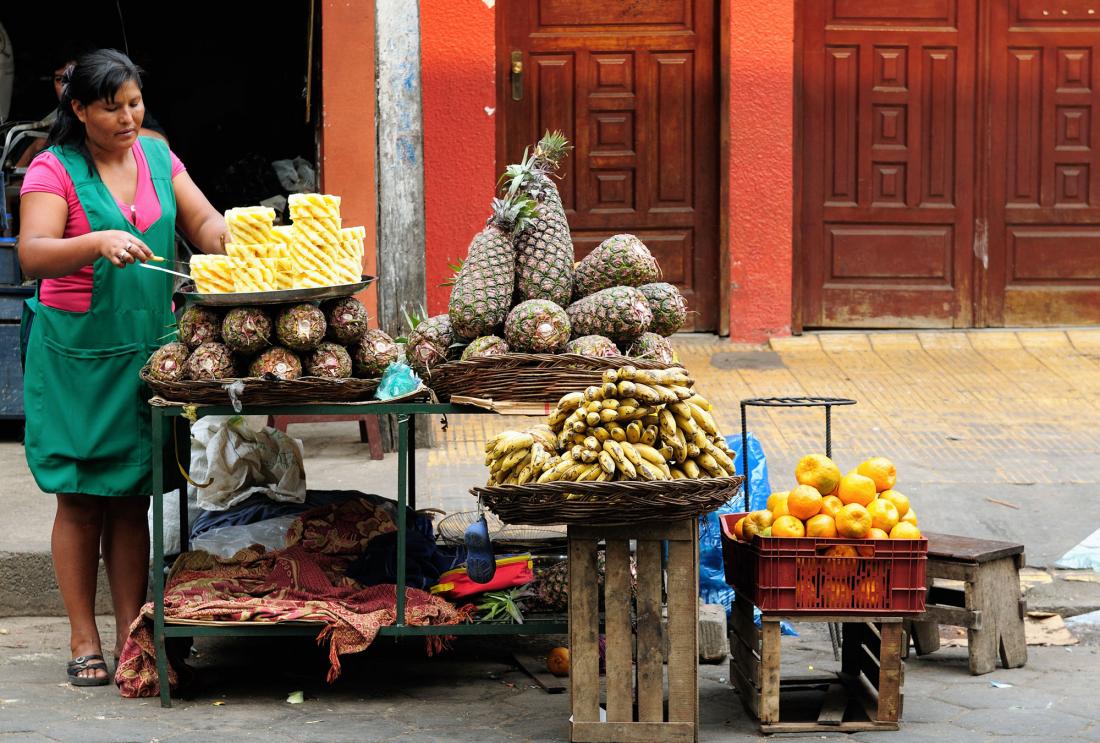Introducing Financial Services to Newly Monetized Amazonian Communities
- Rural population
- Earnings and income
- Savings/deposits
- Savings
Policy issue
In many indigenous communities throughout Latin America, traditional economies based on barter and reciprocity are rapidly becoming monetized. This is especially true in the Amazon basin, where the construction of new roads and encroachment by cattle ranchers and colonist farmers give native Amazonians increasing exposure and access to money. Many governments have also introduced wage-earning teachers, child support subsidies, and social security to the elderly in these remote areas. As a result, in native Amazonian communities where most people still depend on hunting, fishing, plant gathering, and subsistence farming for food and shelter, money is becoming an increasingly important part of the village economy. However, savings culture and financial tools to promote the accumulation of money for larger purchases and emergencies do not exist in many of the communities.
Context of the evaluation
With little financial literacy, villagers may be aided by simple products like savings lockboxes to save l money for large purchases and emergencies. The proposed intervention is based on the idea that individuals lack a safe place to save money temporarily and require a means to curb impulsivity. Prior research with the Tsimane’ has shown them to have very high rates of impulsivity. As a result, lockboxes that do not allow for easy access to these savings may improve the ability of clients to stall unnecessary consumption in the present, and consequently change savings behavior.
The Tsimane’, a native Amazonian society living in communities near San Borja in the Department of Beni will be offered such a product. IPA is collaborating with CBIDSI (Centro Boliviano de Investigación y Desarrollo Socio Integral), a Bolivian nonprofit explicitly working with research and development among the Tsimane’.

Details of the intervention
The study includes 1100 households in 70 villages randomly assigned to one of two treatment groups or a comparison group. Households in the first treatment group will receive a savings lockbox along with its key. Those in the second treatment group will receive the same lockboxes but will be required to go the nearest town (San Borja – from a few hours to two days from participating communities) to access the lockbox key from the office of CBIDSI. The comparison group will not be offered any locked box product.
To assess whether savings boxes in the possession of female household heads produces greater household saving and expenditures on children than saving boxes in the hands of male household heads, locked boxes will be randomly given to either female or male heads of households. The variation of key placement will allows us to evaluate whether possession of the key encourages impulsivity and altered expenditure patterns. Outcomes will be measured one year after the introduction of the lock boxes in a follow-up survey. The outcomes of interest include income (e.g. sales at markets, waged labor etc.), consumption (e.g. “large” purchases), savings activity (e.g. contributions to lockbox, traditional forms of savings, perceptions etc.), household well-being measures (e.g. anthropometric indicators of short-run nutritional status and household emergencies).
Results and policy lessons
Results forthcoming.